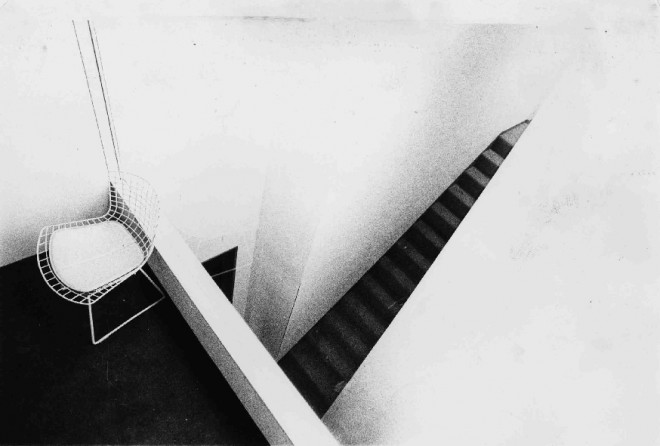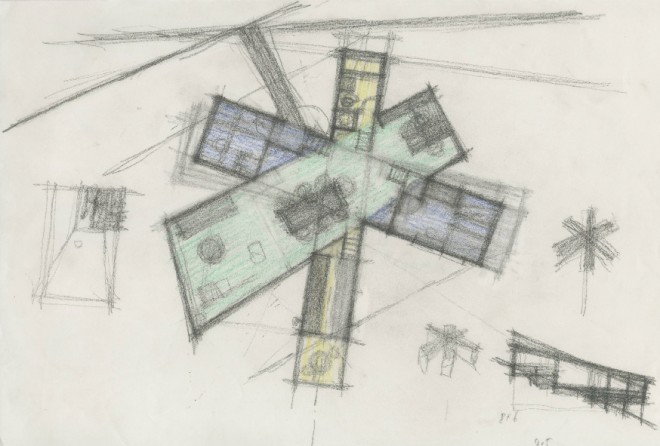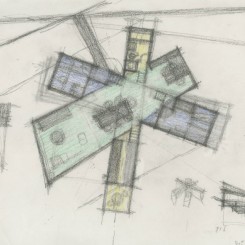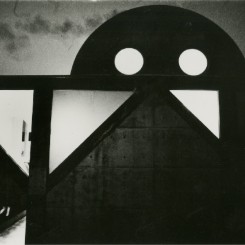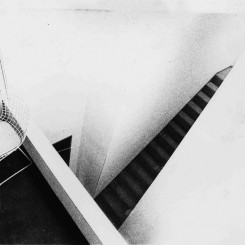Power Station of Art
The first Asian Kazuo Shinohara retrospective
Curator: Gong Yan
Organisers: The Power Station of Art, Executive Committee of the Kazuo Shinohara Architecture Exhibition
Duration: April 20 – June 22, 2014
Opening Ceremony: April 19, 18:00-20:00
Operation Hours: Tue – Sun, 09:00 to 17:00
Address: Floor 3, Power Station of Art, 200 Huayuangang Rd
www.powerstationofart.org
+86 21 3110 8550
Art has its origins in inner human chaos. For a person of clear mind and temperament, art is not necessary.
– Shinohara Kazuo
As the Power Station of Art’s first major exhibition of 2014, Kazuo Shinohara is a comprehensive retrospective of the major works of late Japanese architect and educator Kazuo Shinohara, helping to shed light on his ideas and methods. As the first ever Asian Kazuo Shinohara retrospective, we aim to offer artists and architects a more profound exploratory experience. Drawing on Kazuo’s singular design approach — ‘negation as a medium for affirmation’ — the exhibition invites an examination of traditional values and feeds our scepticism, bringing us the full force of Kazuo’s ‘radical’ chaos. This rare exhibition will prove an inspirational experience for art and architecture enthusiasts alike.
Japan’s architectural modernisation has been a long and choppy journey: from the country’s wholesale westernisation during the Meiji Restoration, when tradition was rejected as backward; to the Taisho Period, when a coupling of Western practices with Japanese elements prompted a surge of quasi-Western architecture; and finally the wave of modernism that swept across the country after the Second World War. During this process, the joint influence of nationalism, modernism, translation and progress in Japan not only helped foster the country’s early architects, who had previously worked as carpenters, but also unwittingly sowed the Western seeds of architectural rationalism and logic in the Japanese system, which later became important tools for appraising traditions. During this process, parallels between Japanese architectural styles (minimalism, unrestricted spaces, blending of internal and external space) and modern architecture have played a double role: while breaking down visual barriers between Japanese and Western modernism, such similarities have also spurred architects such as Kazuo Shinohara in their search for their architectural roots.
Kazuo Shinohara designed more than thirty houses over the course of his career. He only became involved in public architecture in his latter years, and brought just a handful of projects to completion. He divided his own creative career up into four separate periods. First, in the 1950s and 1960s, he completed a series of houses based on research into traditional Japanese architecture, as exemplified by works such as Umbrella House and House in White. During the second period, he distilled symbolic elements from Japanese culture and transformed them into abstract three-dimensional forms. This led to a series of works in the early 1970s on the theme of ‘cracked space’, starting with Uncompleted House. The third period was centred on Kazuo’s observations of Tokyo. He applied chaos theory to architecture and designed a series of composite buildings which emphasised purist geometric forms. These included House in Uehara and House in Yokohama. During the final stage of his career, Kazuo produced the Tokyo Institute of Technology Centennial Hall (1986), one of his most emblematic works and another major milestone in his life.
This exhibition will allow viewers to appreciate some of Kazuo Shinohara’s more representative works through the mediums of photography, models, voice recordings, videos and documents. Viewers will also have a chance to see exhibits that have never before been shown, including the tools that Kazuo used to design his own home House in Yokohama (1985) and the original drawings for his House in Tateshina Project (2006). The latter project served as mental sustenance for Kazuo in his latter years, by which time illness had rendered him fraught with contradictions. He worked on the building’s design for over a decade, producing over 30,000 drawings, but the project was never completed.
The layout of the exhibition emulates the purism and symbolism that Kazuo was so fond of. The exhibition hall resembles the abstract shape of a house with no walls; a sort of symbolic theatre. Within this uninterrupted, whitewashed space, viewers tread scale drawings of House in White and House in Yokohama underfoot, allowing them to appreciate Kazuo’s modus operandi: surveying with his feet and lofting by hand, in order to achieve the correct dimensions.
Kazuo Shinohara has had a profound influence on internationally-recognised Japanese architects including Toyo Ito, Kazunari Sakamoto, Itsuko Hasegawa, Kazuyo Sejima. Furthermore, in recent years, sudden international interest in his work led to him being awarded a posthumous Golden Lion Prize at the 13th Venice Architecture Biennale in 2010, an unprecedented move. However, there is no doubt that Kazuo has always been an exceptional figure on the Japanese architecture scene. He leads us on a disenchantment of Japanese styles, only to then reassemble his methodology. He forgot to take the answers to his puzzle with him: those answers still await us where he left them.


